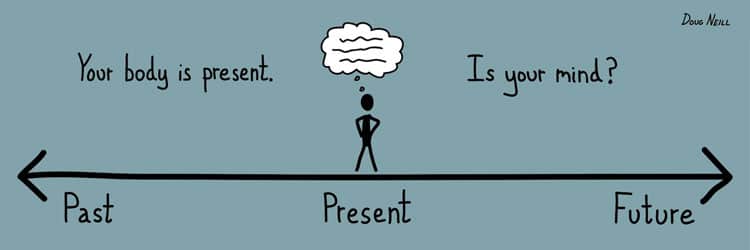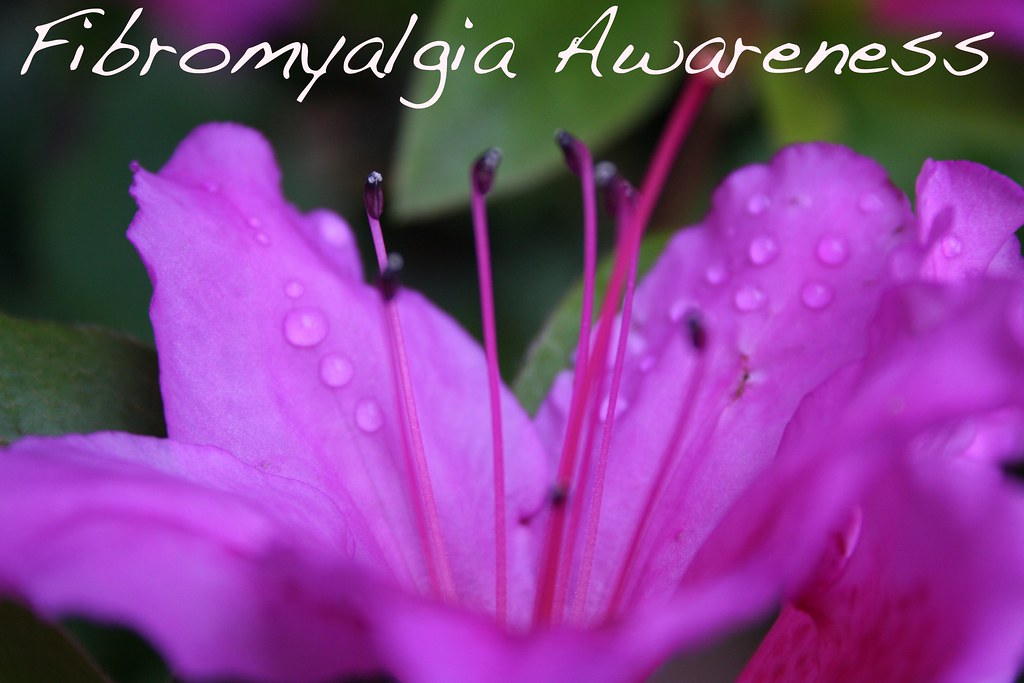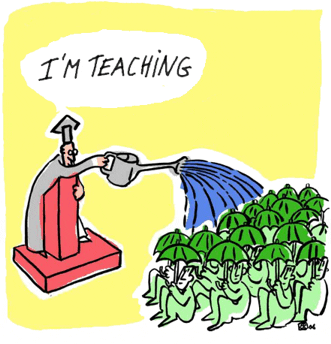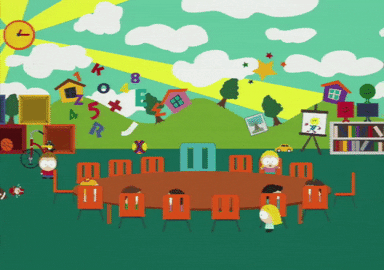I smell the rain appearing in the damp air
I see the drear grey clouds with the winter sun peering through
I see red, orange, yellow
Crunch! I can hear my exaggerated footsteps
I feel confused as to how a form of death can be so beautiful, yet often go unnoticed.

This poem was created using a combination of a technique taught to us by Susan Buckman for teaching children how to write poetry, and mindfulness techniques I have been working on.
I was walking home from university today, being aware of my surroundings, my senses and my emotions, and this poem popped in to my head. I found this very interesting as it showed me just how an activity provided by a teacher can sneak into your everyday life, without even thinking about it.
I have never been one for poetry. I can appreciate poems and how poems can provide an array of emotions to a reader, but I’ve never really understood how to write a poem or what can inspire a poem to be written, only the composition of a poem – e.g. a haiku being 3 lines long, with 5 syllables in the first line, 7 in the second and 5 again in the third, and it doesn’t rhyme. Although basic, this idea of how to create an imagery poem really caught my attention, and here I am now, having rushed home to write down my thoughts, and currently sharing it on my blog.
This poem focuses entirely on your senses and emotions. In class, we were encouraged to think about a smell from our childhood, and then what we could see when we think back to that smell, and what we could hear, then what we could feel either at the time of the memory or how we felt as we thought back. I used this idea, and brought it in to the present moment, exactly what I could sense and feel at the current time. This is where I think mindfulness can become a powerful tool in writing poetry.
How did I go from not understanding much about poetry, to rushing home to write down a poem which had just randomly popped in to my head? How can I utilise these thoughts and adapt this in to a lesson of my own?
Mindful walking encourages you to close your mind to the flurry of thoughts rattling around your head, all the stresses of life and worries you may have. It does not encourage you to get rid of them entirely, but it does encourage you to focus your mind on something else, putting all other thoughts to the back of your mind. When practising mindfulness, you begin to notice everything in your environment, from the tiny bit of writing engraved on a pavement, to the slight whisper of wind in your ear. The poem technique fully compliments mindfulness in the sense of observing the area around you and the emotions present, and this is where I think it could be useful with a class.
My thought was that we could introduce the idea of imagery poetry, and use the technique of focusing on your environment and single senses to write our own poetry. Consider the work of William Wordsworth in “I Wandered Lonely as a Cloud”:
I wandered lonely as a cloud
That floats on high o’er vales and hills,
When all at once I saw a crowd,
A host, of golden daffodils;
Beside the lake, beneath the trees,
Fluttering and dancing in the breeze.
This was written while he was admiring the Lake District. What can children admire when in your classroom, your playground, a local area or even the lunch hall? We can encourage children in any environment to jot down anything they can sense and feel and turn this in to a simple poem like the one I created, or something more complex, using writing techniques such as similes and metaphors, to create a poem similar to that of Wordsworth.
Of course, the prospects of providing a lesson which allows true senses and emotions will support the learning of poetry writing and provide an understanding of how some poets were inspired to write, but how can the mindful aspect support children in learning?
Mindfulness teaches you how to focus, it is the art of preventing your thoughts from overwhelming you by focusing on the current environment rather than dwelling on the past or future. So, by bringing mindfulness in to the classroom, you are teaching children how to focus their minds on their learning. (Reach Out, 2018).
Mindfulness also has a strong emotional aspect. The Experiences and Outcomes regarding Health and Wellbeing ask that children are aware of their emotions, they can express them and they learn ways that emotions can be managed (Education Scotland, 2006). Mindfulness encourages you to go through an emotional process:
- you name the emotion you are feeling.
- Accept that you are feeling that emotion, understand that it is normal to feel emotions, but allow the emotion to be there without encouraging it, judging it or resisting it, just let it be there and release itself as it feels natural.
- Investigate what the emotion is really making you feel. For example, you are upset, how are you breathing? What can you feel? A tear rolling down your cheek, a tense muscle, a twist in your stomach. Is anything changing (nature, posture, intensity)?
- If you engage with any thoughts other than your focuses, notice that you did that, but regain your focus on your breathing. (Vivyan, 2010)
Okay, so the evidence for using mindfulness in the classroom isn’t really there yet (Centre for Educational Neuroscience, No Date), but after practising mindfulness myself, I know that I have a way to escape from my thoughts, I feel more connected with my body and my environment and I feel more in control of my emotions, I feel more calm. My experience is enough for me (alongside many other teachers) to feel as though teaching mindfulness in school is worthwhile, and if I can intertwine it with another subject to provide more meaningful learning, I definitely think it is worthwhile even just giving it a try.

Centre for Educational Neuroscience (No Date). Mindfulness Has a Place in the Classroom. [Blog] Centre for Educational Neuroscience. Available at: http://www.educationalneuroscience.org.uk/resources/neuromyth-or-neurofact/mindfulness-has-a-place-in-the-classroom/ [Accessed 11 Oct. 2018].
Reach Out (2018). Mindfulness in the classroom. [online] Schools.au.reachout.com. Available at: https://schools.au.reachout.com/articles/mindfulness-in-the-classroom [Accessed 11 Oct. 2018].
Education Scotland (2006). Health and Wellbeing. [Online] Available at: https://education.gov.scot/Documents/health-and-wellbeing-eo.pdf. [Accessed 11 Oct 2018]
Vivyan, C. (2010). Mindfulness of Emotions. [online] getselfhelp.co.uk. Available at: https://www.getselfhelp.co.uk/docs/MindfulnessEmotions.pdf. [Accessed 11 Oct. 2018]



 people think exercise causes more pain, but I thought I would try this. I got my gym membership sorted and started going, I managed to fit a minimum of 4 days a week in just going to a class or two. Since starting, I have felt a real difference in the pain I feel and also my energy levels throughout the day. I do still have days where I really am too tired to go and decide just to leave it… I think everyone has those feelings though.
people think exercise causes more pain, but I thought I would try this. I got my gym membership sorted and started going, I managed to fit a minimum of 4 days a week in just going to a class or two. Since starting, I have felt a real difference in the pain I feel and also my energy levels throughout the day. I do still have days where I really am too tired to go and decide just to leave it… I think everyone has those feelings though.







